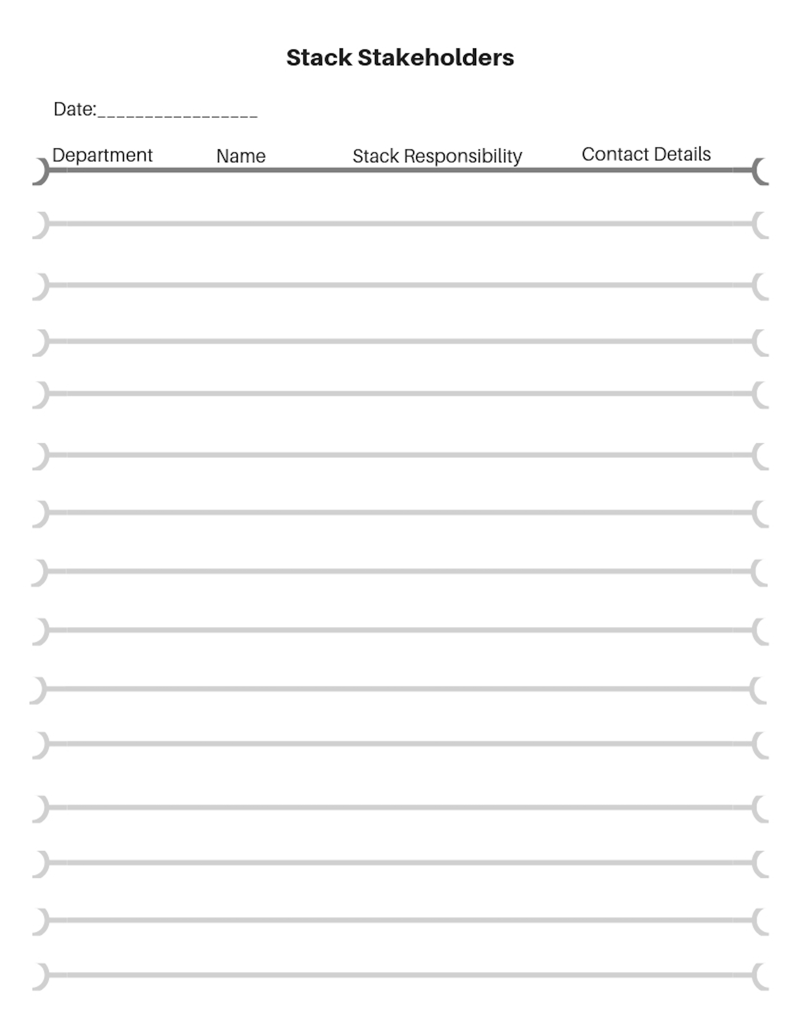"Coming together is a beginning. Keeping together is progress. Working together is success."
- most often attributed to Henry Ford
Who in your organization is responsible for the marketing technology stack? Who has a vested interest in the performance of the stack? And, who is likely to be a gatekeeper or have a strong opinion about what you and your stack should do? These are your stack stakeholders.
Stakeholder is an often-used word these days because it allows you to also acknowledge individuals that are important to a process but aren’t necessarily active participants in the day to day work of building and managing the stack. The word stakeholder often fills us with dread as we frequently associate it with individuals who don’t actually contribute anything to the process but excel at building roadblocks and saying no.
Managing a large set of stakeholders can be extremely challenging. When it comes to technology stack management, strategy, and evolution, the secret to success lies in:
Addressing responsibilities upfront will help avoid roadblocks down the road and will create a framework for bringing new stakeholders into the process and pushing (nicely) stakeholders that are no longer relevant out of the process.
Some organizations centralize the management of the marketing technology stack. Others allow for distributed purchasing with centralized oversight. There’s no right or wrong way to manage your technology stack. We’ve seen multiple models work effectively: centralized, mostly centralized, and decentralized. We’ve also seen companies that effectively leverage their agencies to acquire and implement some components of their stack. The more decentralized your process is however, the more stakeholders you are likely to have.
Bringing together stakeholders from two companies post M&A can be particularly challenging as the organization reshapes itself to absorb and integrate the acquired company. For many stakeholders, their roles and authority may have changed and left them on edge, insecure, and emotionally fraught (generally displayed as an offensive or defensive posturing). As the leader of the integration process you have the additional challenge and responsibility of calming everyone down and building a cohesive new team. Distributing responsibilities, acknowledging, and leveraging the expertise of key stakeholders will go a long way to making this happen.
